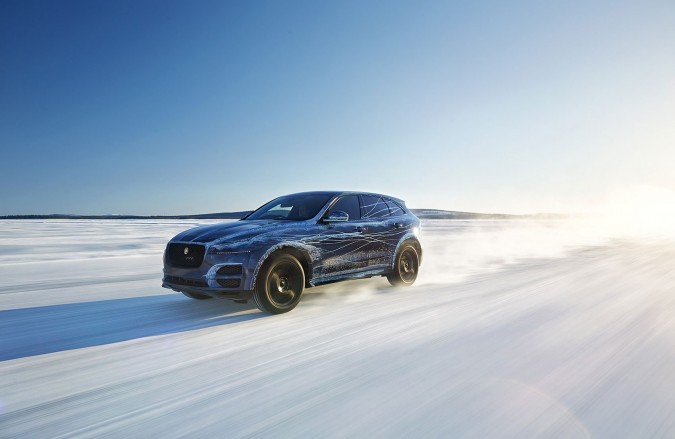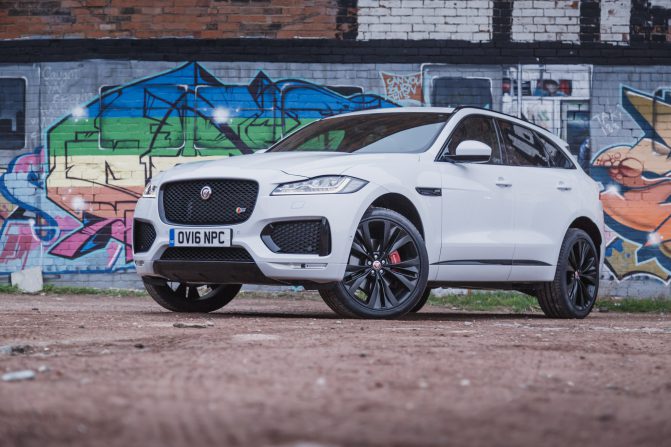Now that SUVs are taking over the market, 4WD and AWD vehicles are available to many people, even though most of them will never go off-road. With that in mind, have you wondered what’s the difference between the two? I am sure you already know what they stand for: ”four-wheel drive” and ”all-wheel drive”. This technology has been among us since World War 2; we use it to drive around the city, in our daily lives, and around locations with low traction roads; we use it on our SUVs, pick-ups and cars like the the Jaguar F-Pace S, which is what a 4×4 vehicle was made for. In the meantime, we have RWD (rear-wheel drive) and FWD (front-wheel drive) cars. And in case you wonder:

How do 4WD and AWD work?
A four-by-four vehicle has, at both high and low gear, power going to all wheels, and you can turn it on and off. Now, we can start to show the differences between 4WD and AWD by explaining how the first one works. First of all, we call all 4×4 cars ”4WD” with no distinction. On a 4-wheel drive car, the torque goes equally, delivering power to the four wheels all the time, with no variations in the wheel speed rotation. That could be a problem when you’re cornering on the asphalt because the outer wheel rotates at a higher speed than the inside wheels. So it’s safe to say that we should turn the 4×4 mode on only off-road.
Now, the AWD system allows the torque variation from one wheel to another or, in some cases, between both axis. That increases the grip and limits the slip. For example, when you’re cornering while accelerating, there are little chances of oversteering. On the other hand, you can’t switch to 4×2 like you would on a 4×4, so it’s on all the time, and there’s no locking differential as well. An AWD car usually has three differentials: the centre, rear and front differential. Now that you know the differences between 4WD and AWD, what are the pros and cons of both of them?
Pros and Cons of AWD and 4WD
The AWD with torque vectoring enhances dry handling, which is great for cornering. A 4WD has a towing capacity on all-terrain, plus both AWD and 4WD have little to no chance of being stuck. Both systems accelerate better than a common only FWD or RWD. An all-wheel drive car is on all the time, provides great grip and better control. On the contrary, AWD and 4WDs have little fuel economy, cost more to maintain and they weigh more.




